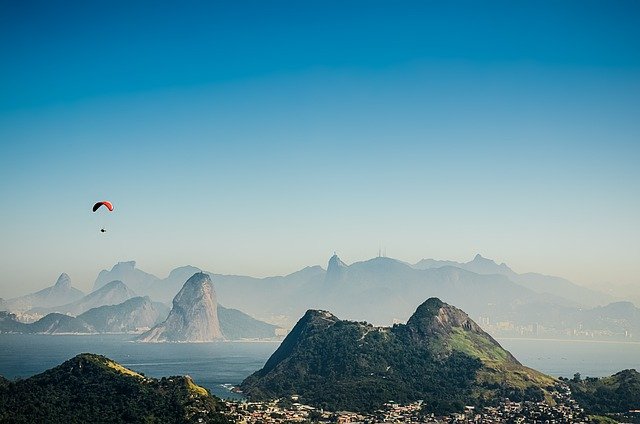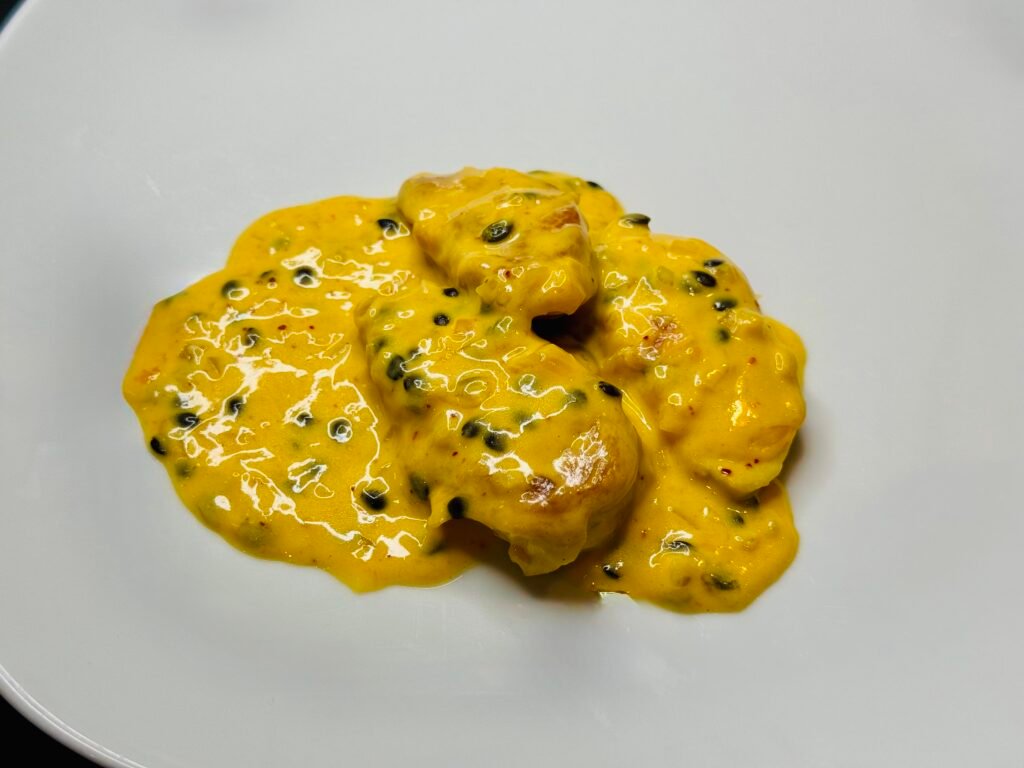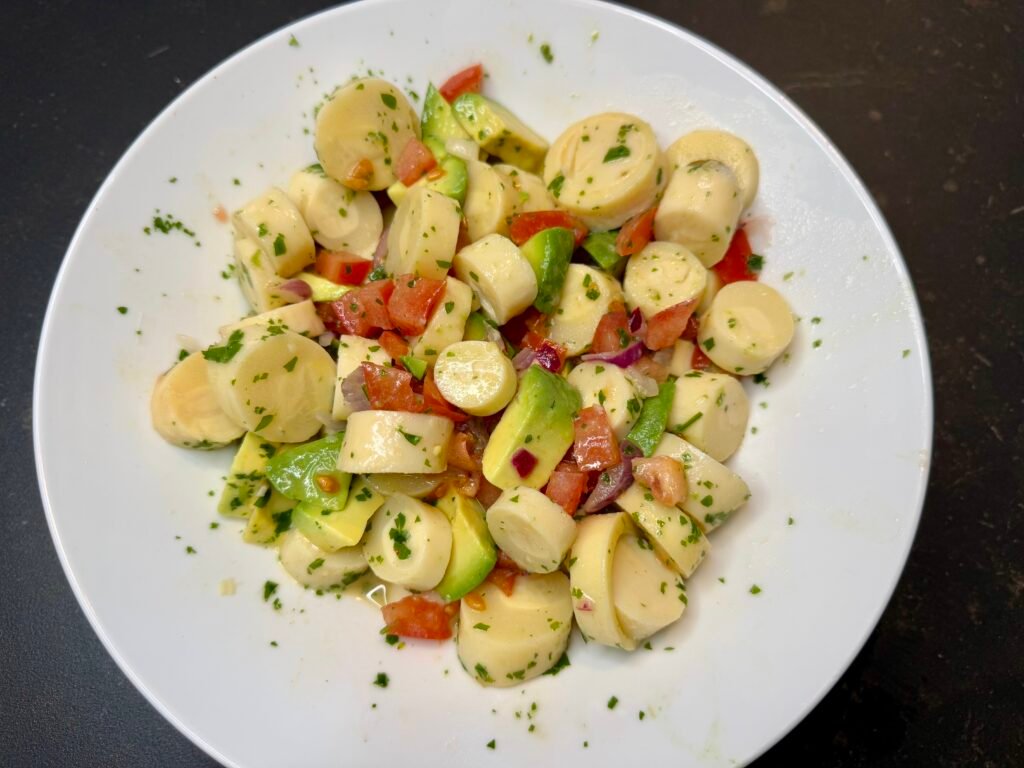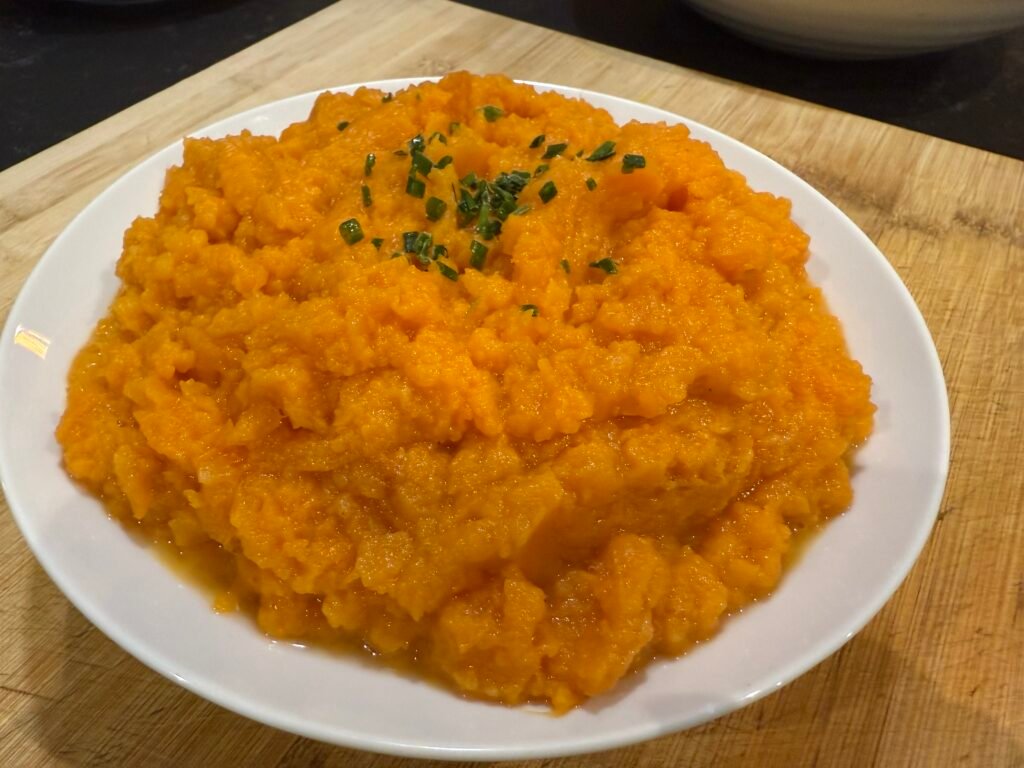Brazil, the largest country in South America, has a rich and complex history. Before the arrival of Portuguese settlers in 1500, it was inhabited by indigenous people who left a cultural heritage still present in certain regions. After colonization, Brazil became a land of cultural mixing, integrating European, African and indigenous influences. Today, it is a dynamic nation, known for its iconic festivities like the Rio Carnival, its lively music, and its exceptional natural heritage.
Brazil is a vibrant mix of cultures and traditions, where diversity and joie de vivre reign.
Traditional Gastronomy and Gluten Free Options
Brazilian cuisine reflects the cultural diversity of the country, with rich and varied regional dishes. It highlights local ingredients such as cassava, black beans, and tropical fruits. Many Brazilian dishes are naturally gluten-free, making them accessible to everyone.
Here are some naturally gluten-free Brazilian dishes:
- Feijoada : A black bean stew with pork, served with rice and toasted cassava flour (farofa).
- Pão de Queijo : Delicious cheese rolls made from cassava flour, completely gluten-free.
- Moqueca : A fish or seafood stew simmered with coconut milk, tomatoes and peppers.
- Tapioca : Patties made from cassava flour, topped with cheese, meat or fruit.
These dishes show how Brazilian cuisine is both tasty and suitable for gluten-free diets.
The Must-See Things to Visit in Brazil
Brazil is full of natural and cultural wonders that attract visitors from all over the world. Here are some must-see destinations:
- Rio de Janeiro : Known for beaches like Copacabana, Christ the Redeemer and Sugar Loaf, Rio is a vibrant and iconic city.
- Amazon : The world's largest rainforest, ideal for wilderness immersion and boat tours.
- Iguaçu : The famous waterfalls located on the border with Argentina, an impressive spectacle of the power of nature.
- Salvador : The capital of the state of Bahia, famous for its historic center, Afro-Brazilian culture and lively music.
These places reflect the diversity and cultural and natural wealth of Brazil.







